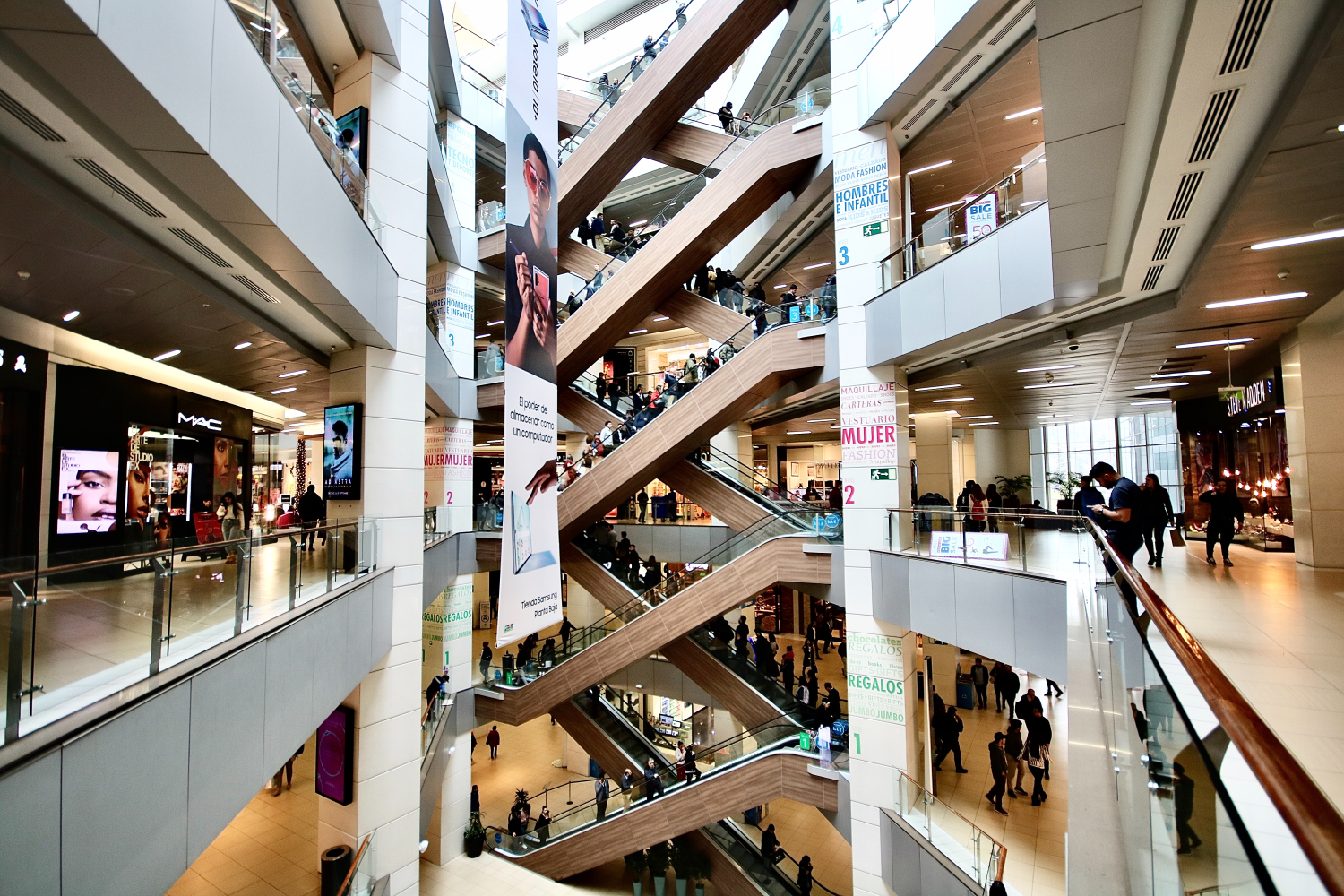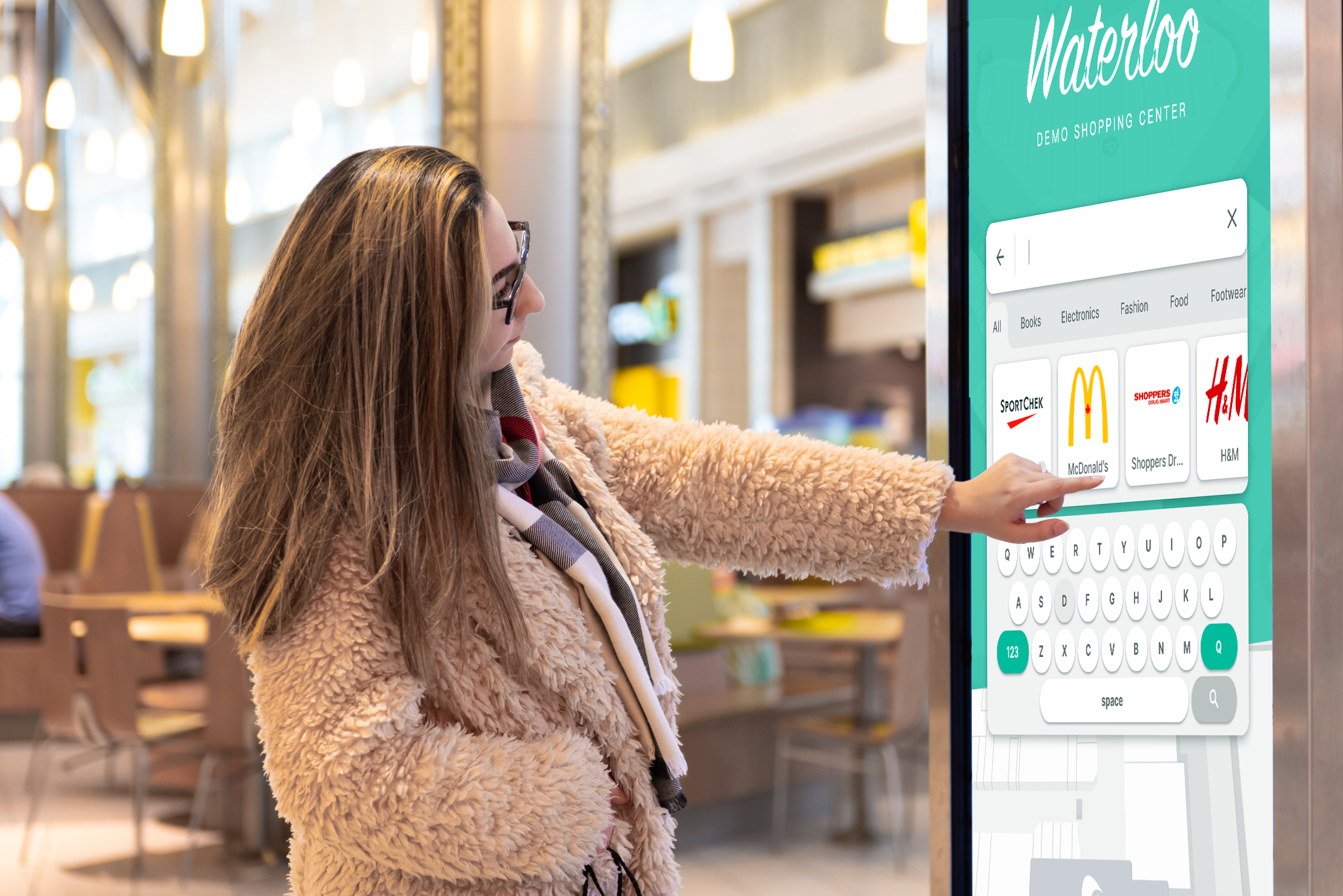Return to Resources
Return to Retail
Jun 17, 2020
4 min read
As public spaces reopen and consumers return to retail, shopping malls are offering an adapted experience. Mappedin's retail solutions help make that experience safe and seamless.
As the world moved into lockdown, we saw the closure of parks, stadiums, businesses, restaurants, shopping malls, and more. But now, as these spaces slowly begin to re-open, they certainly won’t look the same way we left them. What can we expect from retail stores and shopping malls? How have their spaces changed and how can technology help with this transformation?
Adapted venues
Simon Property Group and Macerich are two leading REITs who recently began reopening selected mall properties across the United States. To help facilitate their reopening and account for additional safety measures, Simon has implemented reduced hours, capacity, and entrances at their open venues. Their malls also offer free infrared temperature testing, face masks, and hand sanitizer for shoppers.
More than 75% Macerich retail properties have now reopened. Outlined in their reopening plan, these malls have reduced operating hours, intensified cleaning procedures, hand sanitizer stations, and adapted seating and washrooms to allow appropriate social distancing between individuals.
As malls prepare their physical spaces to help customers with the return to retail, companies like Mappedin can help with new and creative digital solutions.
Adapted technology
Mappedin works with shopping malls around the world and we too have a role to play in keeping shoppers safe. Since the COVID-19 pandemic began, we have developed several new features. Get in touch to learn more.
1. Curbside pickup locations
While some stores are still closed to the public, many retailers have implemented curbside pickup and plan to continue this service even after their locations have reopened. The Mappedin CMS now includes location linking where users can connect and highlight additional locations, such as curbside pickup zones. When a retailer is selected, as shown below, both the store and its associated pickup area are highlighted on the map for easy navigation.

2. Line management
When integrated with line management data from third party vendors, the Mappedin solution displays store traffic data including the number of people in the virtual queue and the estimated wait time. Shoppers can view this information directly through the digital map, access a booking link, and add themselves to the virtual queue, helping to reduce crowds and lineups at physical locations.

3. Quick links
The Mappedin platform has been adapted to include other third party links through the map as well. For restaurants and stores that require a reservation, booking links can be shown. For carpool lots, users can be presented with a link to reserve their ride. These are displayed on the map as a QR code so that once scanned by a user, the appropriate link opens on their phones.

4. Touchless directions
To ensure that visitors can navigate safely and independently, Mappedin has developed a quick access QR code for touchless directions. Users simply scan a digital or printed QR code to have the digital map experience open on their phones. With this technology, they can still find their way without a risk of contact.
5. Heat mapping
A digital venue map paired with foot traffic data can also assist in internal decision making. With a heat map, property owners and managers can visualize how customers are travelling through their venue and where they are spending the most time. This can help make informed decisions on cleaning, sanitation, where signage should be placed, and so on.

6. Alternate routes
Some shoppers are wary of potential crowds that may form as shopping mall traffic picks up. By leveraging foot traffic data, Mappedin can provide an alternate route around busy areas on your digital map. When serving directions between “to” and “from” locations, both routes are displayed. Seen below, the most direct route is displayed in blue and the alternate route in grey.

As businesses and shoppers alike prepare for the return to retail, technology can play a role in keeping people safe. How have you seen technology used during this global transformation? Are there other uses for digital maps in shopping malls? Let us know on our social accounts or reach out today to start the conversation.


